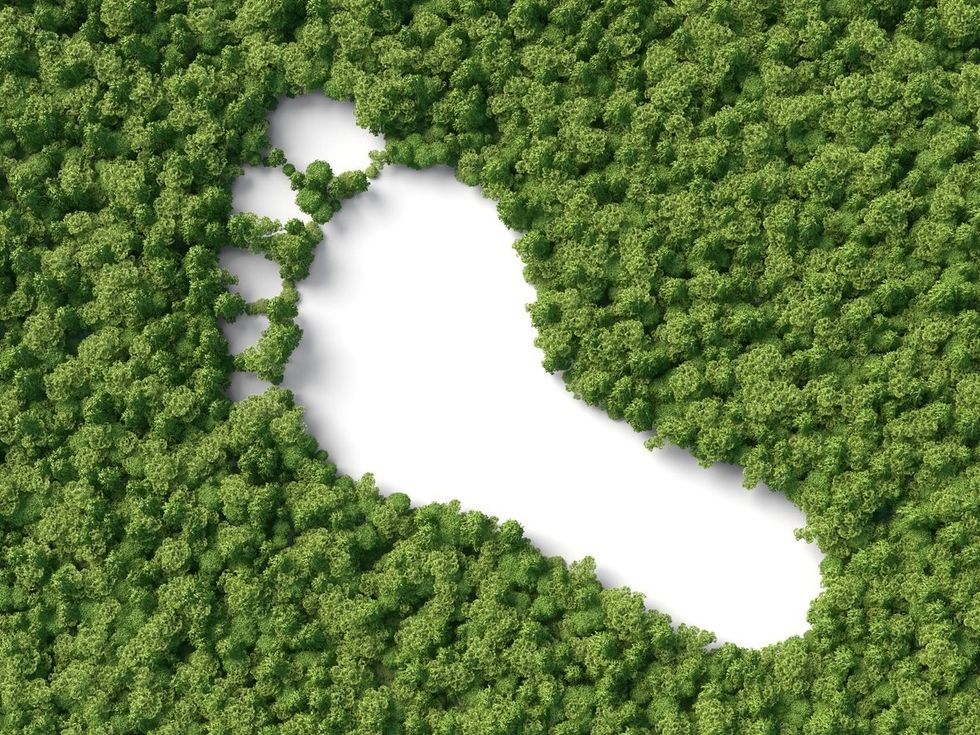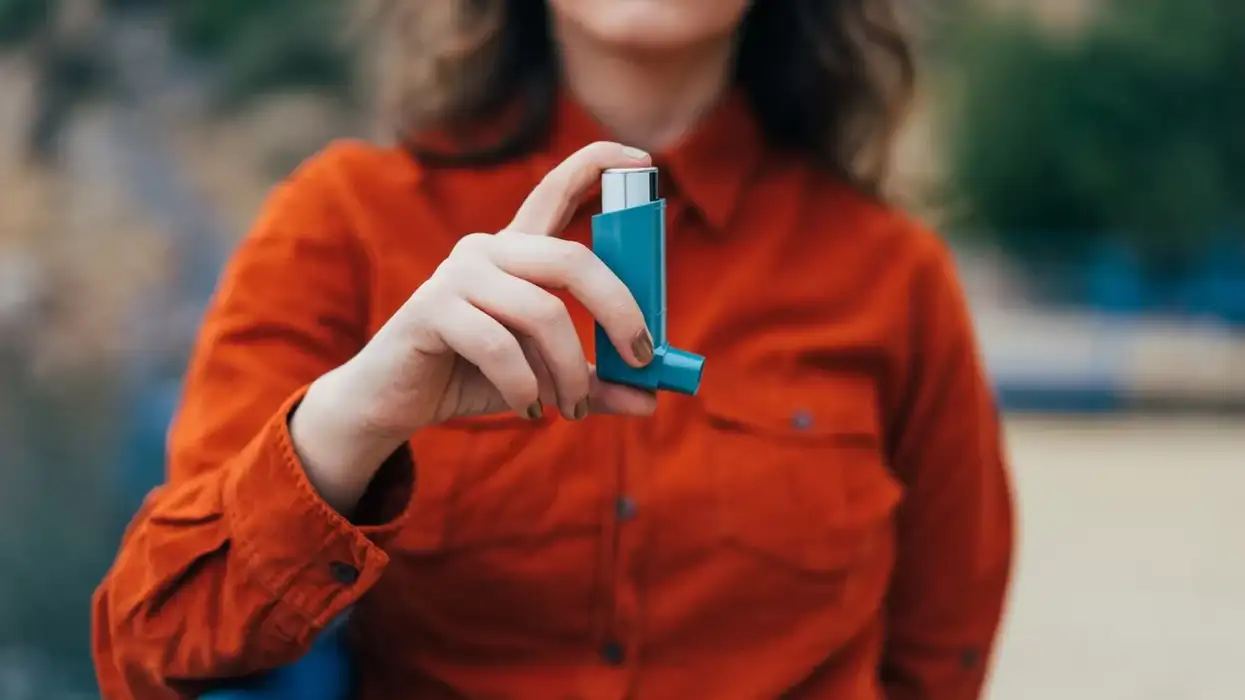A pioneering study published in the journal Thorax reveals that poorly managed asthma releases a volume of greenhouse gases equivalent to that produced by 124,000 homes annually in the United Kingdom.
The research, conducted in the United Kingdom, emphasizes the critical need for improved asthma care to mitigate greenhouse gas emissions and align with broader environmental goals, including the NHS's ambitious target of achieving net zero by 2045.
Asthma, a prevalent respiratory condition affecting a significant portion of the population in the UK and Europe, has long been associated with healthcare-related emissions.
In 2020, the National Health Service (NHS) set an ambitious goal of reducing its carbon footprint by 80 per cent over the next 15 years, aiming for net-zero carbon emissions by 2045. Against this backdrop, the recent study delves into the environmental consequences of asthma care.
The research particularly focuses on the distinction between well-controlled and poorly controlled asthma. The researchers embarked on a comprehensive analysis, retrospectively examining the anonymized health records of 236,506 individuals with asthma.
These records, spanning from 2008 to 2019 and sourced from the Clinical Practice Research Datalink, provided a robust dataset for assessing the environmental impact of asthma care in the UK.
Greenhouse gas (GHG) emissions were the key metric, measured in terms of carbon dioxide equivalent (CO2e), encompassing various aspects of asthma care. The study categorized well-controlled asthma as having no severe worsening symptoms and fewer than three prescriptions of short-acting beta-agonists (SABAs) reliever inhalers in a year.
On the other hand, poorly controlled asthma was defined by three or more SABA canister prescriptions or one or more episodes of severe worsening symptoms in a year.
Severe exacerbations, which are instances where asthma symptoms get significantly worse and require treatments like oral corticosteroids, visits to the emergency department, or hospitalizations, were seen as an important factor in assessing how asthma care affects the environment.
The findings of the study highlighted a stark contrast between well-controlled and poorly controlled asthma in terms of their greenhouse gas emissions.

The overall carbon footprint attributed to asthma care for the entire UK asthma population was estimated at a staggering 750,540 tonnes CO2e per year. Notably, almost half of the asthma patients (47%) had poorly controlled asthma, contributing to excess greenhouse gas emissions of 303,874 tonnes CO2e annually.
This excess emission from poorly controlled asthma was equated to the carbon footprint of 124,000 homes in the UK each year. The researchers underscored that individuals with poorly controlled asthma emitted greenhouse gases at a rate eight times higher than their well-controlled counterparts.
The primary contributor to this excess was identified as the inappropriate use of SABAs, which are designed to quickly alleviate acute asthma symptoms like wheezing.
Inappropriately high SABA use accounted for 90% of the excess greenhouse gas emissions, with the remaining portion stemming from healthcare resource utilization, including general practitioner (GP) and hospital visits associated with severe exacerbations.
Interestingly, the study also evaluated the broader implications of asthma care, considering routine prescribing and management practices. It found that poorly controlled asthma generated three times higher greenhouse gas emissions, on average, compared to well-controlled asthma when accounting for all aspects of asthma care.
The researchers acknowledged certain limitations in their study, noting that the results were primarily descriptive, and factors beyond the level of asthma symptom control might have influenced high SABA use.
However, the study's groundbreaking nature lies in its quantification of asthma-care-related greenhouse gas emissions based on prescribing practices, offering valuable insights into the environmental impact of asthma management in the UK.
The study's authors emphasized the pivotal role of addressing inappropriate SABA use in achieving substantial carbon savings in asthma care. They called for evidence-based treatment recommendations and improved asthma treatment practices to align with environmental goals and contribute to the NHS's journey towards net zero by 2045. (With inputs from PTI and BMJ)






 Novo Nordisk launches Ozempic in India as diabetes cases climb Getty Images
Novo Nordisk launches Ozempic in India as diabetes cases climb Getty Images  Ozempic weekly pens now available in India for type 2 diabetesiStock
Ozempic weekly pens now available in India for type 2 diabetesiStock  India gets Ozempic as obesity and diabetes numbers riseiStock
India gets Ozempic as obesity and diabetes numbers riseiStock  Doctors say Ozempic helps blood sugar and weight management in adultsiStock
Doctors say Ozempic helps blood sugar and weight management in adultsiStock





